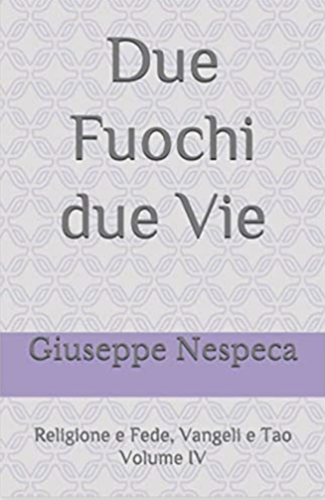Curved trajectory, and the model that is not the "sphere"
(Mt 17:10-13)
At the time of Jesus, in the Palestinian area, economic difficulties and Roman domination had forced people to fall back on an individual life model.
The problems of subsistence and social order had resulted in a breakdown of relationship (and ties) of both clans and families themselves. Uniting groups, which had always ensured assistance, support and concrete defense to the weakest and distressed members.
Everyone expected that the coming of Elijah and the Messiah could have a positive outcome in the reconstruction of fraternal life, affected.
As it was said: «to lead the heart of the fathers to the sons and the heart of the sons to the fathers» [Mal 3:22-24 announced the sending of Elijah] to rebuild the disintegrated coexistence.
Obviously the recovery of the people’s inner sense of identity was frowned upon by the system of domination. Let alone the [Jesus’ typical] figure of the Call by Name, which would have opened the life of popular piety and of communion to a thousand possibilities.
John had forcefully preached a rethinking of the idea of conquered freedom (Jordan’s passage), the rearrangement of established religious ideas (conversion and forgiveness of sins in real life, outside the Temple) and social justice.
Having an evolved project of reform in solidarity (Lk 3:7-14), in practice he was the Baptizer himself who had already carried out the mission of the expected Elijah [Mt 17:10-12; Mk 9:11-13].
For this reason he had been taken out of the way: he could reassemble a whole people of ousters - marginalized from both the power and the verticist religiousness, accommodating, servile, and collaborationist.
A compartmentalized devotion, which absolutely did not allow either the ‘memory’ of themselves, or the ancient social community structure, inclined to sharing.
In short, the system of things, interests, hierarchies, forced persons to take root in that unsatisfactory configuration.
But here is Jesus, who does not bend.
He is presented by Mt to his communities as the One who wanted to continue the work of building up the Kingdom, both in terms of vocational quality and in terms of coexistence‘s reconstruction.
With a fundamental difference: compared to the scope of ethnic-religious conceptions, the Master does not propose to everyone a kind of amalgamating ideology that ends up depersonalizing the eccentric Gifts of the weak - those unpredictable for an established mentality, but that trace future.
The Lord proposes a fraternal and assembly life of character, yet not stubborn or marked.
Christ wants a more flourishing collaboration that makes good use of resources (internal and not) and differences.
Here even crises become important, indeed fundamental in order to evolve the quality of ‘being close’ to one another - in the richness of the «polyhedron, which reflects the convergence of all its parts, each of which preserves its distinctiveness» [Evangelii Gaudium 236].
Attempting to manipulate characters and personalities to guide them to the "as they should be", one is not comfortable with oneself or even side by side. Nor is the perception of esteem and adequacy transmitted to the ‘many different’ ones, nor the sense of benevolence - much less the joy of living.
‘Curved or attempt-and-error trajectories fit the Father’s Perspective, and our unrepeatable growth.
Difference between religiosity and Faith.
[Saturday 2nd wk. in Advent, December 14, 2024]












